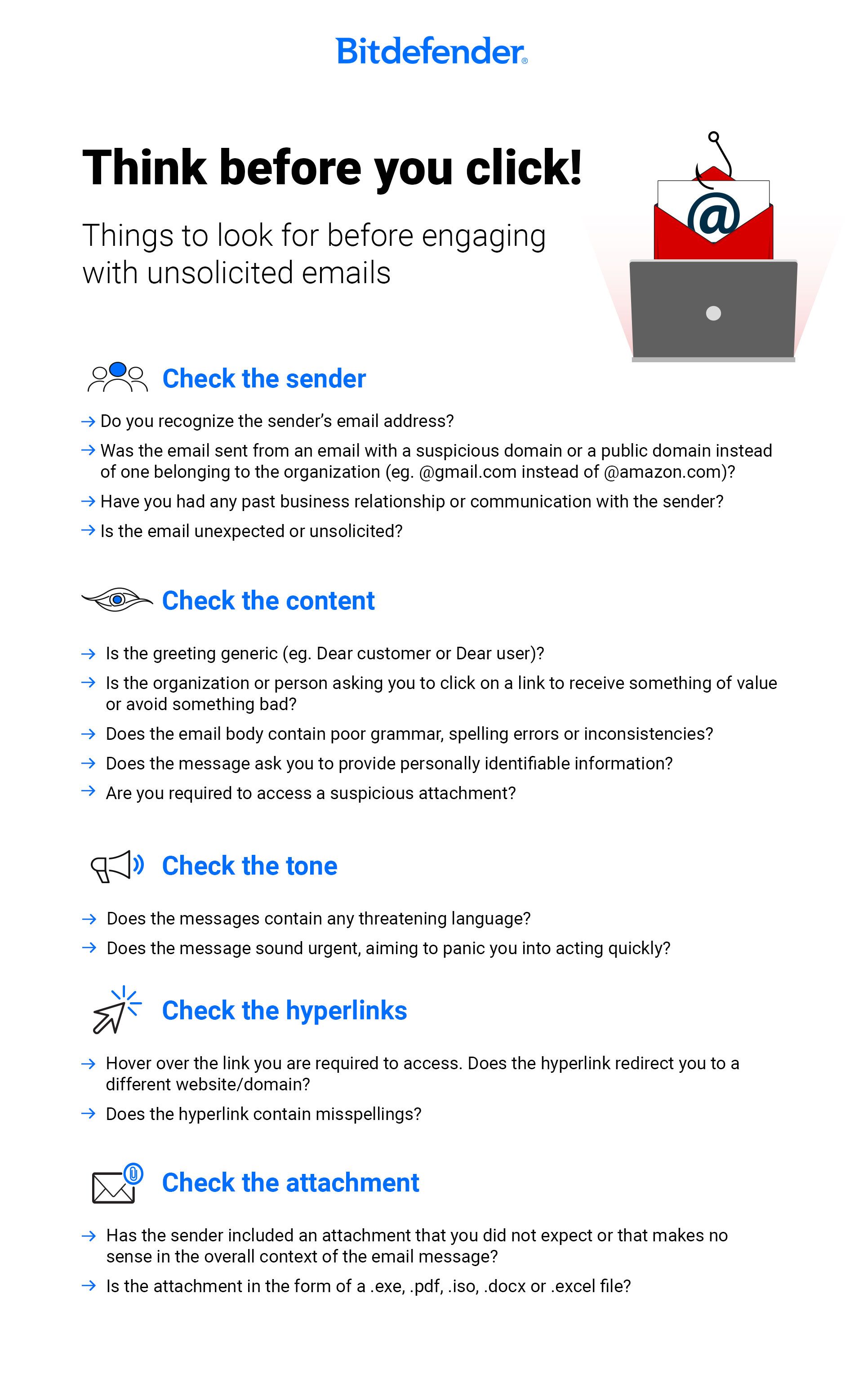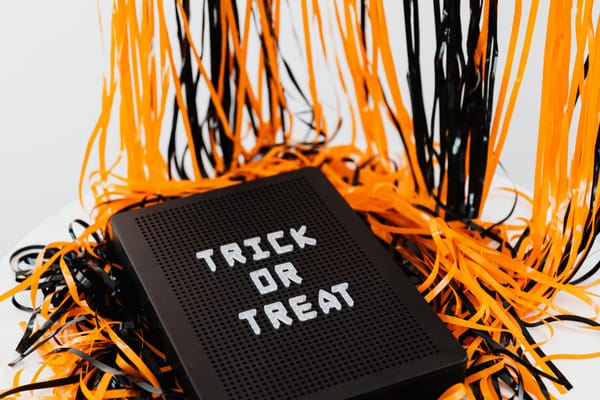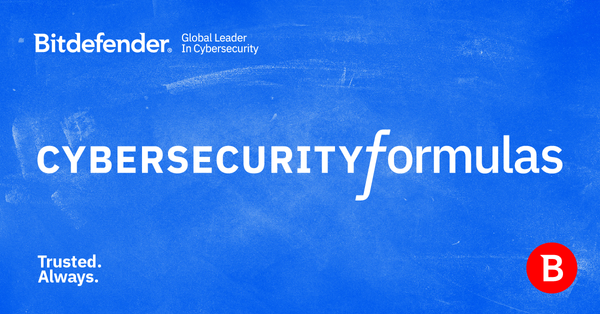Back to Basics on Cyber Awareness Month: How to tell if you're falling victim to a phishing attack (Infographic Inside)

Cyber Awareness Month is all about helping individuals protect themselves, their data and money from online threats. It’s about raising awareness of digital security and the importance of knowing how to identify nasty threats that lurk in cyberspace.
Holiday phishing season is almost here. So let’s make the most of this Cyber Awareness Month and explore one of the most basic forms of social engineering in the online world – a form that costs millions of internet users their data and money.
Phishing refers to the practice of sending fake communication pretending to come from a reputable source that aims to trick you into revealing sensitive information, such as your login credentials and financial information.
While phishing takes many forms, the end goal of the attackers are always the same; to compromise your accounts or device to steal your money.

Phishing emails start with a lure to hook victims. Messages pose as trustworthy communications from a company or organization you know or trust. They may appear to be sent from a bank, credit card company, social media or cryptocurrency platform, online payment website or an e-commerce platform.
The fraudulent emails often tell a story, a plausible one, to trick you into clicking on a link, sending your personal info or opening a malicious attachment. The attackers may:
- say they’ve noticed some suspicious activity or login attempts on your account
- claim there’s a problem with your account or payment information
- say you must confirm some personal information
- include a fake invoice
- want you to click on a link to make a payment
- claim to be from the police or government organization
- offer a coupon for free stuff
- ask you to confirm your login credentials in your organization
The upcoming holiday shopping season offers a huge opportunity for malicious actors to prepare an arsenal of hooks to lure unwary shoppers. Most phishing emails look and sound like correspondence from the organization they mimicking, but they include these telltale signs that should make think twice before you click:
- The unsolicited correspondence displays an uncommon sense of urgency to heighten your emotions and make you act fast
- The email addresses and domain names don’t match
- The promises sound too good to be true
- The subject and body of the email may contain typos or poor grammar, inconsistent language and punctuation errors
- It involves sending money
- The email contains suspicious links and attachments and warns of negative consequences if you don’t act now
Start prioritizing your digital safety by opting for Bitdefender security and privacy solutions to protect all your devices from malicious and fraudulent activity. With Bitdefender Premium Security, you get award-winning antimalware protection and benefit from advanced anti-fraud and anti-phishing filtering systems that warn you whenever you visit a website that may try to scam you. You also get a powerful VPN with unlimited traffic for your PC, smartphone and tablet, plus a handy Password Manager to help you store your sensitive data passwords.
tags
Author
Alina is a history buff passionate about cybersecurity and anything sci-fi, advocating Bitdefender technologies and solutions. She spends most of her time between her two feline friends and traveling.
View all postsRight now Top posts
How to Protect Your WhatsApp from Hackers and Scammers – 8 Key Settings and Best Practices
April 03, 2025
Outpacing Cyberthreats: Bitdefender Together with Scuderia Ferrari HP in 2025
March 12, 2025
Streamjacking Scams On YouTube Leverage CS2 Pro Player Championships to Defraud Gamers
February 20, 2025
How to Identify and Protect Yourself from Gaming Laptop Scams
February 11, 2025
FOLLOW US ON SOCIAL MEDIA
You might also like
Bookmarks







